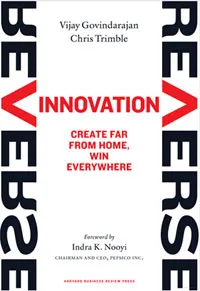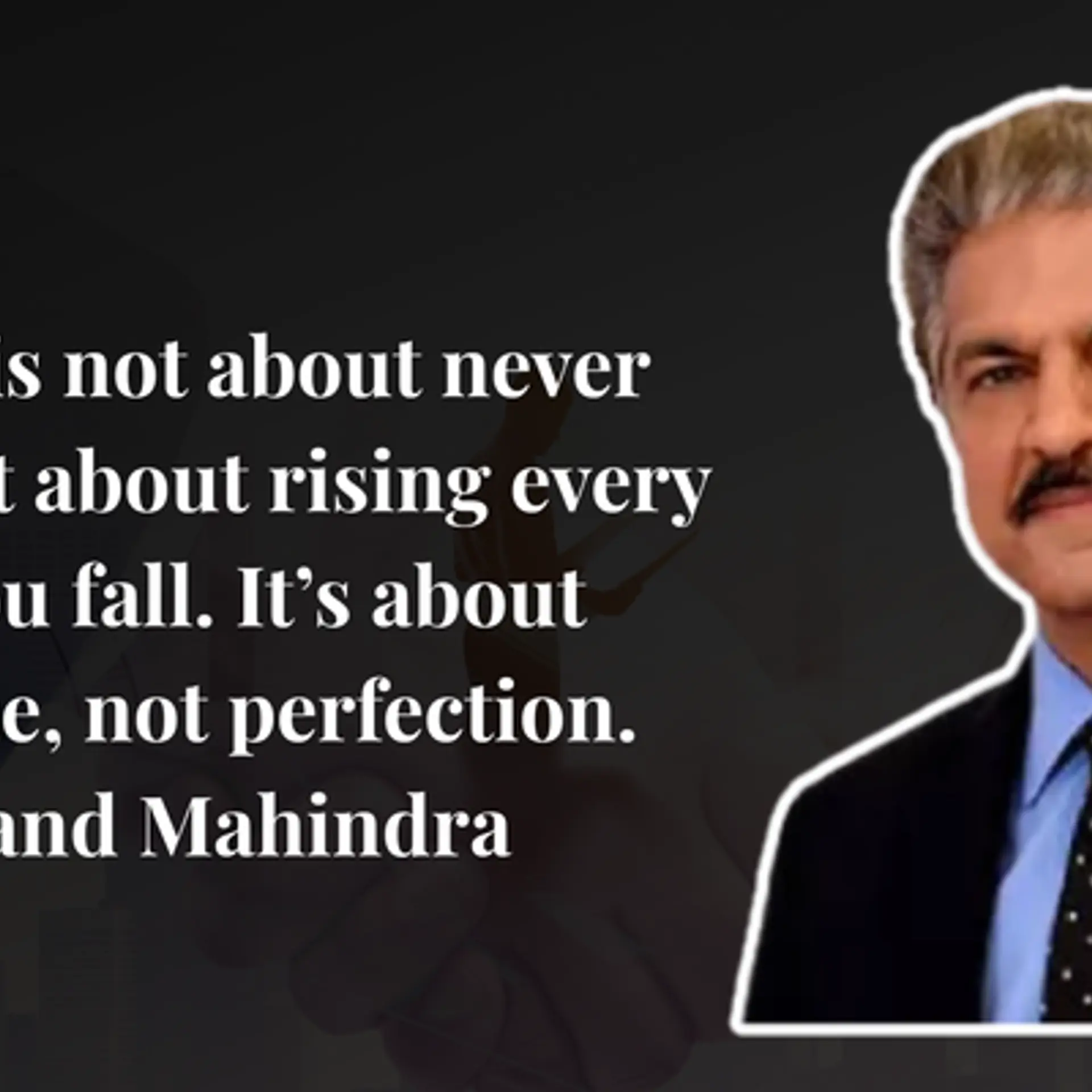[Book Review] Reverse Innovation: Create Far From Home, Win Everywhere
by Vijay Govindarajan and Chris Trimble
2012 Harvard Business Review Press
12 chapters, 229 pages
The gap between mature and emerging economies is closing, and more future economic growth will happen in emerging economies. Entrepreneurs and large companies in emerging economies such as India and China are innovating in ways which MNCs should learn from to retain their global advantage.

Corporate innovation is flowing not just from developed nations to developing ones, but in the reverse direction as well – hence the title of this book. The authors provide strategy insights, case studies and worksheets for companies to learn how to innovate in emerging economies – and to take these innovations to other emerging economies and back to mature economies as well.
The book’s continuous references to ‘poor’ nations comes across as grating and condescending sometimes, and some other reviewers have criticised the term ‘reverse innovation’ for being ethnocentric and patronising, and ignoring the broader sweep of history and civilisation. One reviewer even laments that “this is yet one more instance of brilliant minds being lashed to the task of making the rich richer,” and we hope that the authors devote future efforts to showcasing the rise of global players and startups from emerging economies.
However, some of the innovation guidelines in the book will be useful not just for CEOs or marketers of MNCs, but also entrepreneurs and policymakers around the world. And the innovation competition between MNCs and local players will eventually benefit consumers and citizens in many countries.
Vijay Govindarajan is professor of international business atDartmouthCollege, and the first professor-in-residence and chief innovation consultant at General Electric. Chris Trimble, an innovation speaker and consultant, is also on the faculty atDartmouth. Vijay has written a number of other books on innovation execution, such as The Other Side of Innovation, Ten Rules for Strategic Innovators, The Quest for Global Dominance and Strategic Cost Management.
The book blends academic and journalistic styles of narrative, with grounded research perspectives as well as names and details to the case studies. It builds on other work such as The Fortune at the Bottom of the Pyramid (C. K. Prahalad), Jugaad Innovation (Navi Radjou, Jaideep Prabhu, and Simone Ahuja) and India Inside (Nirmalya Kumar and Phanish Puranam).
“Reverse innovation is not optional. It is oxygen,” the authors begin. It is important to grasp the ways in which emerging economies differ from mature economies, through five gaps: performance, infrastructure, sustainability, regulation and preferences.
In other words, customers in emerging economies prefer products with decent performance at an ultra-low cost, that can perform in conditions of inadequate infrastructure, have ‘green’ features, and meet their preferences such as taste. Sometimes, emerging economies have fewer barriers of regulation as well.
Solutions for such markets can immediately meet the needs of under-served over-looked markets in mature markets (eg. GE’s portable ultrasound scanners developed for ruralIndiaand used in ambulances in theUS), or reach mainstream adoption when technology closes the gap (eg. better processing power in portable scanners).
The authors argue that unfortunately, many MNCs think ‘poor countries’ are not worth considering in market plans, or that it is sufficient to target only the elite in those countries, or that eventually purchasing power there will pick up anyway, or that a little customisation is enough to ensure sales. Only a few MCNs sense that emerging markets have vastly different needs, and design products and services from scratch; fewer still are transforming their global structure and culture to these new markets.
MNCs have to overcome their entrenched ‘dominant logic,’ and also realise that their competitors are not just other MNCs but new players and entrepreneurs based in emerging economies. The old model of glocalisation or customisation is a ‘product-out mindset,’ but reverse innovation is a ‘market-back’ approach involving market generation and not just market share, the authors explain. I have summarised some of these principles of reverse innovation in Table 1 below.
Table 1: The Reverse Innovation Playbook
Eight chapters provide detailed case studies of companies which illustrate these principles in action: Logitech, EMC, Harman, GE Healthcare, P&G, Deere, Pepsico, and Partners in Health. The chapters are rich in details of corporate strategy, competitor alertness, corporate culture change, iterative product development, global knowledge management, and business metrics.
An appendix also provides detailed questionnaires for business managers to assess their companies’ innovation potential in emerging economies; another appendix raises research questions for academics and policymakers on disruptive innovation, spillover effects, and the rise ofIndiaandChinaas compared to the rise ofJapanandSouth Korea.
There are also brief profiles of other trends and examples in reverse innovation. For example, athletes’ drink Gatorade was based on research on treating cholera patients in South Asia. P&G’s VickMiel cough syrup with natural honey was first launched in Mexico and then in the US and Europe. Wal-Mart’s big store format was scaled down to ‘small-marts’ for Central America, and could become successful in the US as well. And chicken tikka masala fromIndia is now the No.1 fast food in theUK!
Netbooks were first developed by Taiwanese company Asus for emerging economies, and then took off in the US. India’s Narayana Hrudayalaya is targeting theUS heart surgery market more directly by building a hospital in the Cayman Islands to treat uninsured Americans at prices half of theUS market rates.
Mahindra & Mahindra cracked the US small tractor market for hobby farmers, landscapers and building contractors right under the nose of tractor giant John Deere (in a manner similar to Japanese companies expanding into the small copier market under the nose of Xerox in the US).
“Reverse innovation has the potential not only to transform your company, but also to transform the world,” the authors conclude.
[Follow YourStory's research director Madanmohan Rao on Twitter at http://twitter.com/MadanRao ]


![[Book Review] Reverse Innovation: Create Far From Home, Win Everywhere](https://images.yourstory.com/cs/wordpress/2013/01/reverse_inno.jpg?mode=crop&crop=faces&ar=16%3A9&format=auto&w=1920&q=75)




